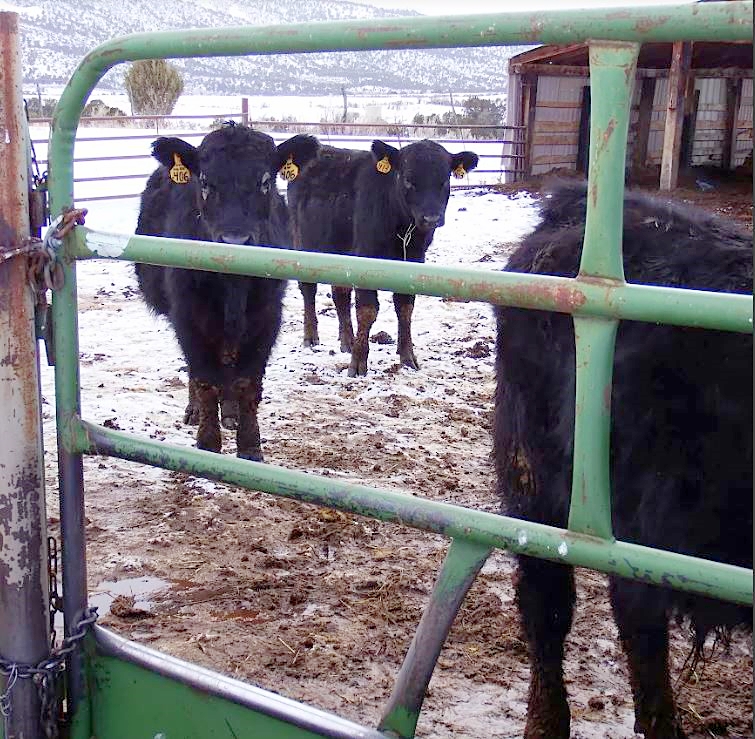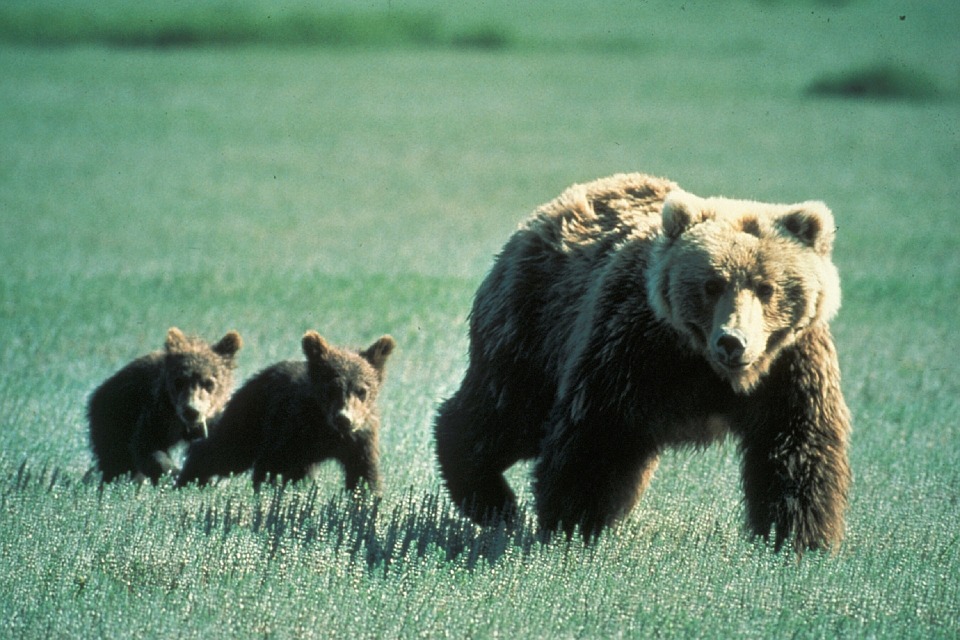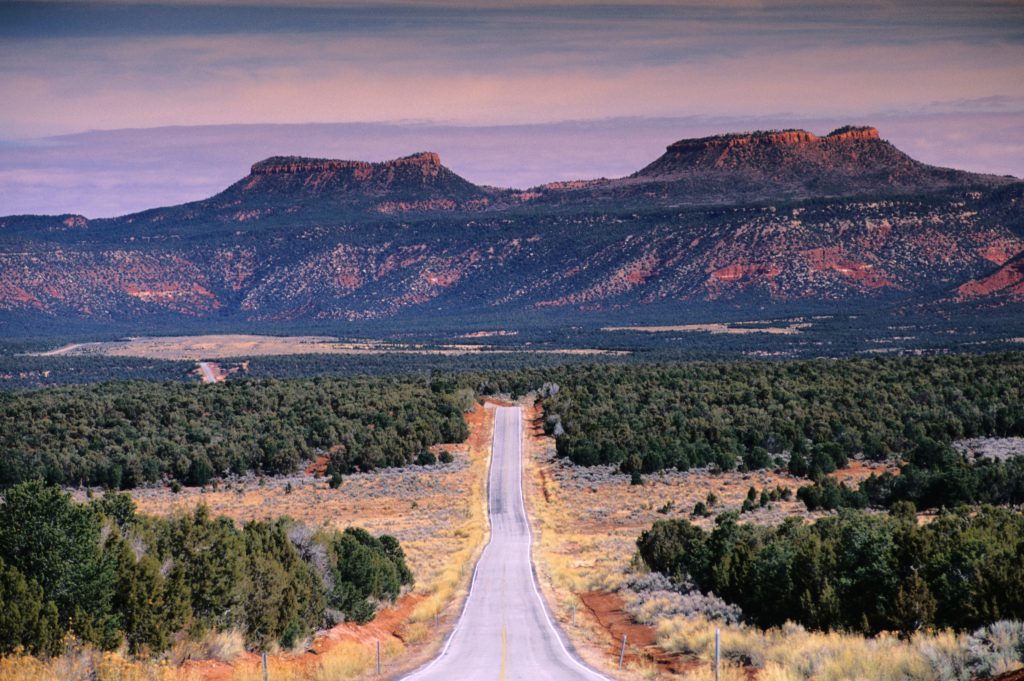Bruce Finley for the Denver Post
Death toll hits 142 wild horses held captive in Colorado after BLM fails to vaccinate. Feds promise probe — and more roundups.
Feds promise review at Cañon City “temporary” facility but press ahead in effort to reduce mushrooming herds roaming arid public land
CAÑON CITY — A rising death toll of captive wild horses in fenced pens has hit 142 after federal caretakers failed to provide vaccinations in the latest breakdown of the government’s controversial holding system. This debacle has piqued concerns about humane treatment as the Bureau of Land Management ramps up roundups to reduce mushrooming mustang herds that roam free — along with cattle and sheep — on increasingly arid public lands.
BLM officials told the Denver Post they’ll investigate why 445 horses hauled from northwestern Colorado to Cañon City last summer weren’t fully vaccinated against equine flu.
Surviving chestnut, bay and painted mustangs this week wandered about the pens, which cover about 50 acres within a 120-acre holding facility next to a state prison — 2,550 horses in all. The sickness has infected primarily the unvaccinated horses and they are the ones that have perished.
Veterinarians said not much can be done to prevent more deaths as flu and follow-on bacterial infections take their course.
The outbreaks and die-offs here and at a BLM facility in Wyoming intensified a long-running struggle over how to handle the West’s wild horses, or mustangs, descendants of horses Spanish settlers introduced, as hotter, drier conditions reduce grass and water horses need to survive in the wild.
The wild horse and burro population across 10 states has more than doubled over the past decade to 82,384, according to BLM data from aerial surveys. That’s triple the agency’s target of 26,715 that BLM officials say the land can sustain. In Colorado, the population hovers around 1,689, more than twice land managers’ target of 827.
“A broken system”
For the past two years, BLM teams have been gathering and removing more horses. They’re preparing to capture 22,000 mustangs this summer — including a herd in Colorado near Meeker — and place them into their network of 28 holding facilities, including the one at Cañon City. More than 60,000 mustangs now are held in captivity nationwide, up from 50,935 a decade ago, data show. The overall cost to taxpayers of managing wild horses has increased from $71 million a year in 2013 to $137 million this year.
Continue reading here
Subscribe to RANGE Magazine
Call 1-800-RANGE-4-U





The feral horse wreck is just another one of the feds saving stuff to death programs.
The more that die the better.
There’s issues worse than death for a feral horse locked up in govt feedlot.
Sorry about the copy / paste issue above. why is there not an edit or delete option ?
Yes. There is an edit option below the comment box.
Skip to content
RANGEfire!
RANGEFIRE!
ADDRESSING ISSUES FACING THE WEST/SPREADING AMERICA’S COWBOY SPIRIT BEYOND THE OUTBACK!
Search for:
HOME2022JUNE1COLORADO’S PROGRESSIVE GOVERNOR WOULD RATHER SEE ANIMALS STARVE THAN GATHER WILD HORSES
Feral horses run unchecked on the range
COLORADO GOVERNMENT/POLITICS GRAZING LEFT WING INSANITY RANGE MEDIA WILD HORSES
COLORADO’S PROGRESSIVE GOVERNOR WOULD RATHER SEE ANIMALS STARVE THAN GATHER WILD HORSES
By RANGEFIRE! / June 1, 2022
Starvation on the sagebrush sea
By Rachel Gabel for Colorado Politics
The Piceance (pronounced pee-anse) East Douglas Herd Management Area near Meeker is home to more feral horses than the dry, hard country can support. Gov. Jared Polis recently penned a letter to Bureau of Land Management Acting Director Stephanie Connolly asking the planned BLM gathers to be “delayed and reconsidered for replacement by a more cost-effective and humane management alternative and the state of Colorado is eager and willing to assist BLM in developing and implementing such a plan.”
Polis’s request follows the deaths of 142 horses that were gathered from the West Douglas herd as a result of a wildfire. As sad as this result is, the reality of un-managed horses dying of starvation on drought-stricken range is not a truth that ought to be ignored. Mares with foals are being nursed by other horses, desperate for feed. This places a huge nutritional drain on the mare and will likely result in the death of the mare and the foal that milk was intended for.
There’s no doubt that sometimes science-based management doesn’t fit into the “wild and free” images that might come to mind for someone imagining majestic wild horses galloping across green hills. However, that mental image isn’t reality. According to the White River and Douglas Creek Conservation Districts, forage in the area has decreased from 220 pounds per acre to a mere 60 pounds per acre.
The feral horses found in Colorado are non-native and they wreak havoc on native ecosystems and wildlife habitat, especially when they are existing at far greater numbers than the land can support. The BLM’s Appropriate Management Levels (AMLs) are based on range conditions and the pressure on the land by wildlife species.
Congress long ago tasked the BLM with the horses’ management to balance their numbers and manage they ought to. A letter to Connolly from a long list of conservation organizations thanked the BLM for their management thus far. Pointing out the threat to ecosystems of exceeding AMLs, the group said in Colorado, four herd management areas totaling approximately 400,000 acres have a collective AML of 827 animals. The current population is nearly three times that, at an estimated 2,412 animals.
In the Piceance, livestock grazing has been carefully managed, despite claims by anti-agriculture pundits. Though the cattle AMLs are considered fully stocked at 6,486, the highest stocking rate has been significantly lower and decreasing since 2018 to 2,878 in 2021. Horse numbers though, considered fully stocked at 3,525, were documented at 7,365 in 2018, increasing to 14,385 in 2021.
In what was alleged an investigative report by CBS4’s Kati Weis, livestock grazing was blamed for the poor range conditions. John Neill, the BLM’s Supervisory Facility Operations Manager, told Weis the issue is not one of livestock grazing versus wild horses and burros.
“If the forage is not there due to drought, livestock operators are not going to be able to turnout full numbers, or at all, depending on range conditions. Horses are still going to be out there. Even during drought situations, horses are still going to be out there, but there’s not going to be enough available forage to maintain those animals in a healthy condition either. So, they have to be removed too, in order for BLM to be good stewards of the range; that is our main focus, is to have sustainable resources, for years to come.”
The report was dominated by environmentalist Eric Molvar, who is the executive director of Western Watersheds Projects and a self-proclaimed professional conservation advocate. According to his online biography, he previously served as the Executive Director of Wyoming-based Biodiversity Conservation Alliance and led WildEarth Guardians’ Sagebrush Sea Campaign. Molvar handily used the airtime as a platform to lobby for legislative reform that would allow environmentalists to buy out grazing permits to end livestock grazing activities.
The bottom line is that cattle and sheep numbers on private and public lands are managed in response to range conditions. There are a lot of cattle on feed rather than summer grass this year because overgrazing isn’t a viable option when ranchers sell livestock by the pound in the fall. Ranchers in areas with feral horses can adjust their numbers, but the BLM must be allowed to gather and remove feral horses from range that will not support them without meddling, no matter how good-natured. No one, including the Governor, who claims to care about the environment, can allow feral horses to remain on the range at these levels.
Rachel Gabel writes about agriculture and rural issues. She is assistant editor of The Fence Post Magazine, the region’s preeminent agriculture publication. Gabel is a daughter of the state’s oil and gas industry and a member of one of the state’s 12,000 cattle-raising families, and she has authored children’s books used in hundreds of classrooms to teach students about agriculture.
See the original post on Colorado Politics by clicking here
Subscribe to RANGE magazine
Call 1-800-RANGE-4-U
Tags: BLM horse gathers, Colorado politics, environmentalist extremists, feral horses, grazing, horse advocates, Jared Polis, livestock, Piceance Basin, Rachel Gabel, range management, starvation
YOU MAY ALSO LIKE
ARE DEATHS OF 142 WILD HORSES IN COLORADO DUE TO BLM FAILURE TO VACCINATE?
BY RANGEFIRE! / JUNE 7, 2022
CHINESE INTERESTS TAKING OVER ENERGY RESOURCES, FOOD PRODUCTION AND MANUFACTURING IN THE UNITED STATES
BY RANGEFIRE! / JUNE 6, 2022
BROWN WATER AND MY BROTHER’S BLOOD
BY RANGEFIRE! / MAY 30, 2022
WHY AREN’T ANIMAL RIGHTS ACTIVISTS FIGHTING THE “CONDOR CUISINARTS?”
BY RANGEFIRE! / MAY 29, 2022
SNWA USING ILLEGALLY-HELD GRAZING PERMITS TO DRIVE RANCHERS OFF NEVADA RANGE
BY RANGEFIRE! / MAY 25, 2022
Post navigation
BROWN WATER AND MY BROTHER’S BLOODFOLLOW THE SCIENCE: FARMERS AND RANCHERS KEEP THE LAND HEALTHY AND PRODUCTIVE
3 THOUGHTS ON “COLORADO’S PROGRESSIVE GOVERNOR WOULD RATHER SEE ANIMALS STARVE THAN GATHER WILD HORSES”
Pingback: RANGEfire! | Colorado’s progressive governor would rather see animals starve than gather wild horses – Arizona Backcountry Explorers
Lyn McCormick says:
June 2, 2022 at 1:55 pm
There is a cost effective and humane way to manage horses on the range and that is to contract with the ranchers to manage the horses ON the range; gather and cull on an annual basis just like you have to do with any livestock operation. For whatever reason(s), and there are several, the BLM is not able to manage the horses. This has been the case since the 1971 Act. The BLM WH&B program budget, as of 2021 reports, spends 68% of a $115 million dollar budget on roundups and warehousing horses and another 19% ($21 million) on “monitoring & other costs” which doesn’t include any of the adoption program costs. Off range management contracts for long term pasture or feedlots, at a per head per day rate of $2 to over $5, run into the millions. This budget should be dedicated to ON the range management by the ranchers who in my opinion are the best candidates and most qualified to get the job done right. just sayin